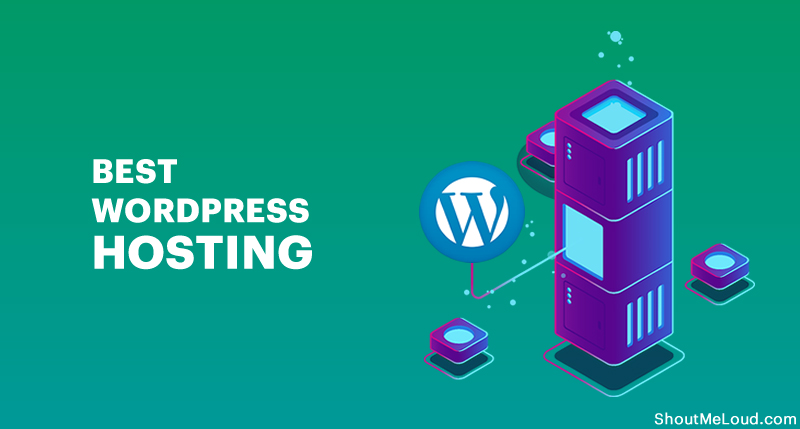Learn 5 effective ways to reduce the cost of hosting your website on AWS (Amazon Web Services). Discover cost-saving strategies, optimization techniques, and best practices for managing your AWS hosting expenses efficiently.
Introduction
Hosting your website on AWS (Amazon Web Services) offers scalability, flexibility, and reliability, but it can also come with significant costs if not managed efficiently. To optimize your hosting expenses and maximize your budget, it’s essential to implement cost-saving strategies and optimization techniques. In this article, we’ll explore five effective ways to reduce the cost of hosting your website on AWS, helping you achieve optimal performance and cost efficiency.
1. Rightsize Your Resources
Analyze Resource Utilization
Start by analyzing your AWS resource utilization to identify inefficiencies and opportunities for optimization. Use AWS monitoring and analytics tools to track resource usage, performance metrics, and cost trends. Identify underutilized resources, such as instances, storage volumes, and databases, and consider downsizing or resizing them to match your actual workload requirements.
Utilize Auto Scaling
Take advantage of AWS Auto Scaling to dynamically adjust your resource capacity based on demand. Configure Auto Scaling policies to automatically add or remove instances in response to fluctuations in traffic and workload, ensuring optimal performance and cost efficiency. By scaling resources up during peak periods and down during off-peak periods, you can avoid over-provisioning and reduce unnecessary costs.
2. Optimize Storage Costs
Leverage Storage Classes
Utilize AWS storage classes, such as Amazon S3 Standard, S3 Intelligent-Tiering, and S3 Glacier, to optimize storage costs based on data access patterns and retention requirements. Choose the appropriate storage class for each type of data, balancing performance, availability, and cost. For infrequently accessed data, consider transitioning to lower-cost storage classes to reduce storage expenses while maintaining data accessibility.
Implement Data Lifecycle Policies
Implement data lifecycle policies to automate the management and optimization of your storage resources. Configure lifecycle rules to automatically move or delete data based on predefined criteria, such as age, usage, or access frequency. By archiving or deleting obsolete data and transitioning inactive data to lower-cost storage tiers, you can reduce storage costs and free up valuable resources.
3. Optimize Instance Usage
Choose the Right Instance Types
Select the appropriate AWS instance types for your workloads based on performance requirements and cost considerations. Evaluate the CPU, memory, storage, and network capabilities of each instance type and choose the most cost-effective option that meets your workload demands. Consider using AWS Savings Plans or Reserved Instances to secure discounted pricing for long-term commitments and predictable workloads.
Implement Instance Scheduling
Implement instance scheduling to power off or hibernate non-production instances during periods of low activity or when not in use. Use AWS Lambda functions or third-party scheduling tools to automate instance scheduling based on predefined schedules or triggers. By shutting down idle instances when they’re not needed, you can reduce instance usage and lower your overall hosting costs.
4. Monitor and Optimize Data Transfer Costs
Monitor Data Transfer Usage
Monitor your AWS data transfer usage and costs to identify opportunities for optimization. Use AWS monitoring tools and billing dashboards to track data transfer volumes, destinations, and costs over time. Identify areas of high data transfer usage, such as inter-region communication or external data transfers, and implement strategies to minimize unnecessary data transfer and associated costs.
Utilize Content Delivery Networks (CDNs)
Leverage AWS Content Delivery Networks (CDNs), such as Amazon CloudFront, to optimize data transfer costs and improve content delivery performance. Deploy CDNs to cache and serve static and dynamic content from edge locations closer to end users, reducing latency and bandwidth usage. By offloading data transfer traffic to CDNs and leveraging caching mechanisms, you can minimize origin server load and reduce data transfer costs.
5. Take Advantage of Cost Management Tools and Services
Use AWS Cost Explorer
Use AWS Cost Explorer to visualize, analyze, and manage your AWS spending effectively. Leverage cost and usage reports, budgeting tools, and cost allocation tags to track spending, identify cost drivers, and set budget thresholds. Use cost anomaly detection and recommendations to identify opportunities for cost savings and optimization based on AWS best practices and industry benchmarks.
Implement Budgets and Alerts
Set up AWS budgets and alerts to proactively monitor and manage your hosting costs in real-time. Define budget limits, thresholds, and alerts to receive notifications when spending exceeds predefined limits or when cost anomalies are detected. Take immediate action to investigate and address cost overruns, optimize resource usage, and prevent unexpected billing surprises.
Conclusion
In conclusion, reducing the cost of hosting your website on AWS requires careful planning, optimization, and cost management strategies. By rightsizing your resources, optimizing storage costs, optimizing instance usage, monitoring and optimizing data transfer costs, and taking advantage of cost management tools and services, you can achieve significant cost savings while maintaining optimal performance and reliability. Implementing these cost-saving techniques and best practices will help you maximize the value of your AWS hosting investment and ensure long-term success for your website and business.
FAQs (Frequently Asked Questions)
- How can I reduce my AWS hosting costs?
You can reduce your AWS hosting costs by rightsizing your resources, optimizing storage costs, optimizing instance usage, monitoring and optimizing data transfer costs, and taking advantage of cost management tools and services. - What are some cost-saving strategies for AWS hosting?
Cost-saving strategies for AWS hosting include leveraging
